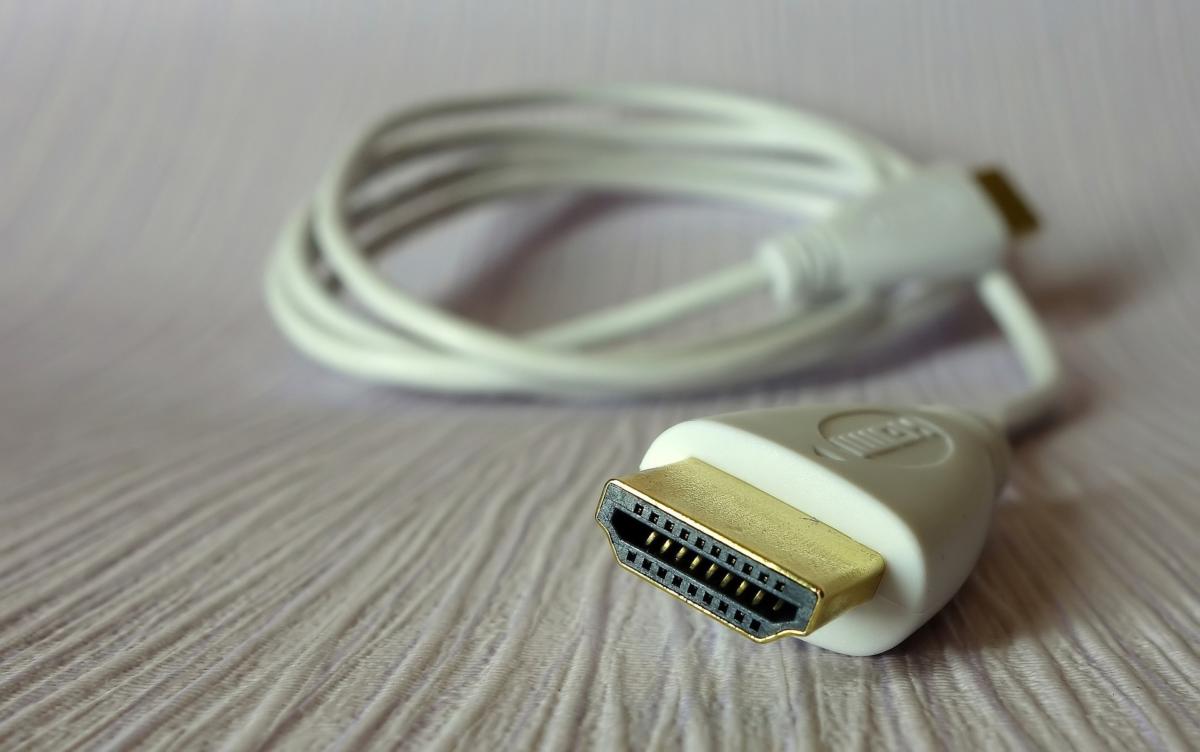[ad_1]
Buying an HDMI cable should be simple—but some cables don’t perform as expected, while others don’t clearly indicate the HDMI specifications supported.
If you don’t have time to dig into the details yourself, use this guide to grab the right cable for your needs. We’ve sorted it by HDMI specification (also known as HDMI version), so you can find an instant, affordable match. Our picks also sidestep the problems you might encounter when hunting on your own, be it cheaply made cables that perform poorly or overpriced ones that do nothing better than less expensive alternatives.
Need a cable to use with a high-refresh monitor, especially one above 144Hz? We generally recommend using a DisplayPort cable instead of HDMI—look for one rated for DisplayPort 1.3 or higher. Or grab one of our suggestions for DisplayPort 1.4 cables, which are backward compatible.
Best High-Speed HDMI cable
Does your device max out at an output of 1080p/60Hz, 1440p/75Hz, or 4K/30Hz? You can get by pretty well with Amazon’s affordable high-speed-rated HDMI cables, which cost just over $6 for a 6-foot cord and also come in a variety of lengths. (Keep in mind, however, that signal degradation generally starts to occur at lengths over 25 feet—you’ll want an active cable for long distances.) This version is CL3 rated, which is made with fire-resistant materials and can be used in walls.
You can also grab a braided nylon version of this AmazonBasics high-speed HDMI cable for a similar price. This model is not CL3 rated, though.
Note: Both of these cable suggestions actually match the higher bandwidth of Premium High-Speed HDMI cables [18Gbps]. However, they lack official certification as such, so they might not work in situations requiring a Premium High-Speed cable—like for 4K/60Hz.
Best Premium High-Speed HDMI cable
Looking to output at 1080p/240Hz, 1440p/144Hz, or 4K/60Hz? Or you need 10- or 12-bit color support for anything under 4K/60Hz? Grab a Monoprice certified Premium High-Speed cable. A 6-foot cable costs just $9 (with a slim cord option available), and all lengths have the HDMI Licensing Administrator’s official stamp of approval—so these should work with all devices that require a Premium High-Speed HDMI cable.
You can buy these cables direct from Monoprice or from Amazon. (The latter is often cheaper if you have a Prime membership or can bundle it with a larger order.)
For lengths over 25 feet, we recommend Monoprice’s active High-Speed HDMI cable to prevent signal degradation. These are not officially certified (thus the affordable price compared to rival cables) but have good user reviews for reliability.
Best Ultra High-Speed HDMI cable
Rolling with a setup that can handle 4K/144Hz, 5K/60Hz, or 8K/30Hz? Or dynamic HDR? We favor Monoprice’s certified Ultra High-Speed cable to handle those hefty bandwidth requirements. You’ll pay $15 for a 6-foot cable, and a braided cable variant costs just a few dollars more.
You can spend less on non-certified Ultra High-Speed HDMI cables, but we don’t recommend it, especially given the amount of data you’ll likely pass over it. (Ultra High Speed cables have a bandwidth of 48Gbps.) Compared to other established companies like Belkin, Monoprice offers the best mix of affordability and reliability.
Which cable do I need?
 Michi-Nordlicht / Pixabay
Michi-Nordlicht / Pixabay You can buy an HDMI cable rated for a higher spec than you need—HDMI cables are backward compatible.
HDMI cables are backward compatible, so you can always buy the highest-specification cable available and call it a day. Even if it exceeds what your devices can support, it could come in handy when upgrading to newer tech.
You don’t have to, of course. (Our sister site TechHive explains why in this article addressing the common question of “Do you need a 4K HDMI cable?”) You can save a little cash by skipping future-proofing.
To figure out the minimum HDMI specification you need for your setup, look up the spec supported by your output device (PC, streaming device, gaming console, etc) and your display (monitor, TV). You may see these listed under “HDMI version” in the product information.
If the two match, simply buy an HDMI cable rated for that specification. If they don’t match, you can buy a cable that’s rated for the lower (older) spec, since your final output will be limited by the device with the lower HDMI version.
Example: Your monitor is rated for HDMI 1.4b, but your graphics card can support HDMI 2.0. You’ll only ever get the maximum resolution and frame rates of HDMI 1.4b, which are 1080p/144fps and 1440p/75Hz, plus up to 4K/60fps depending on the level of color data compression.
You can buy a cable that matches the higher specification, but it’s not necessary. When you replace the lower-HDMI-version device with a brand-new piece of gear, you’ll usually get a compatible HDMI cable in the box.
[ad_2]
Source link